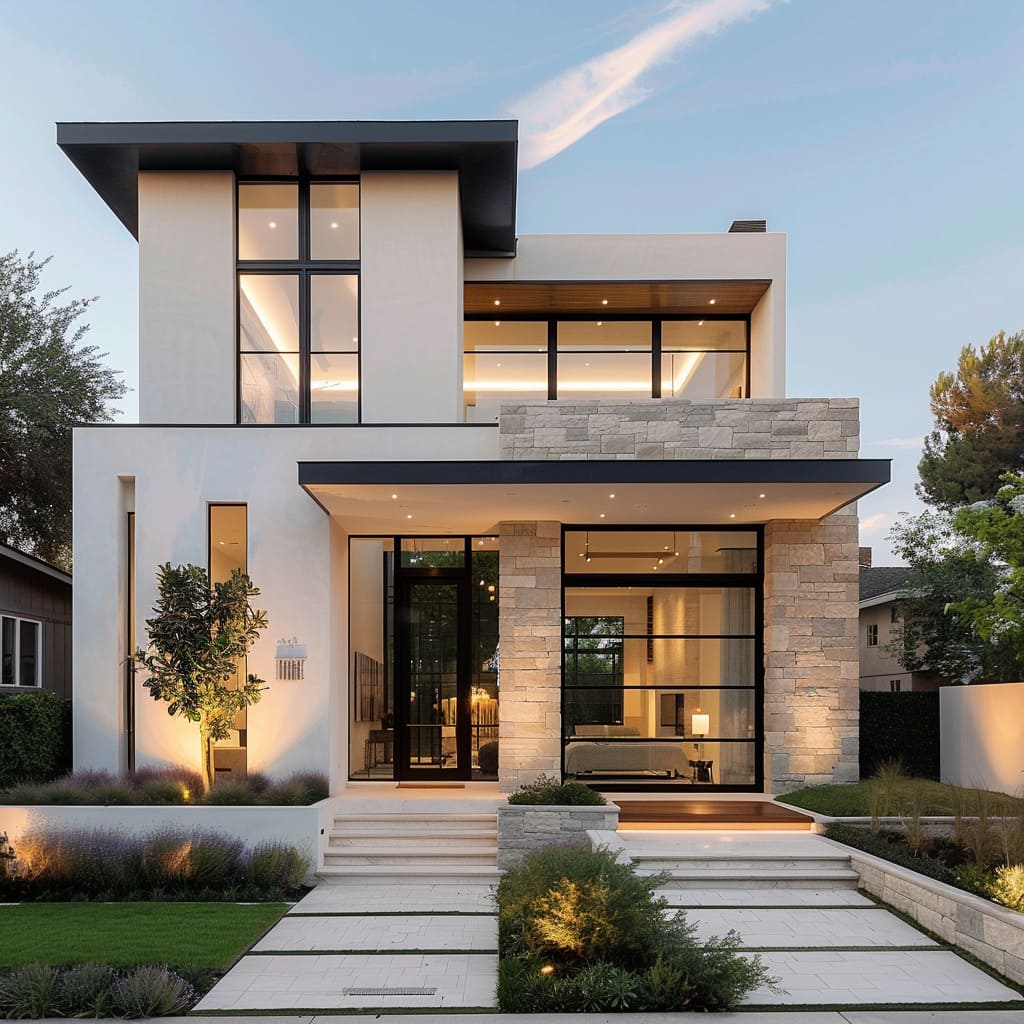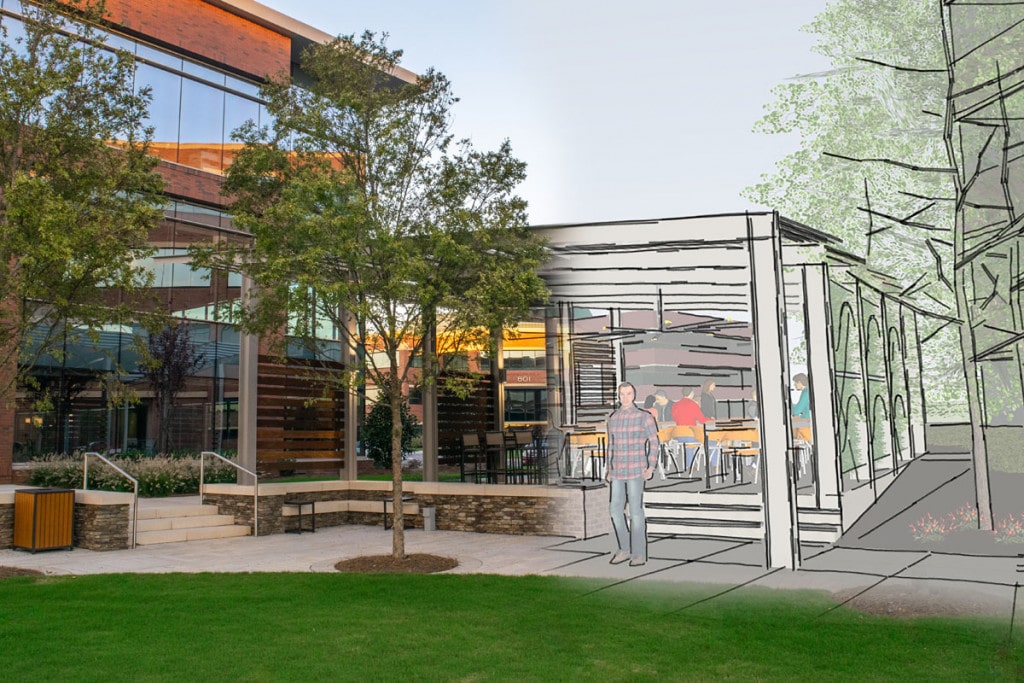A Detailed Introduction of Building Styles and Their Influence on Modern City Planning and Development
Architectural designs have long served as a mirror to the societal values and technical innovations of their time, playing an important function in forming modern-day city preparation and growth. From the magnificence of Neoclassicism to the utilitarian method of Brutalism, each style has introduced one-of-a-kind ideas that influence metropolitan visual appeals and capability. As contemporary difficulties develop, including sustainability and community requirements, comprehending these historic structures becomes essential. The resulting dialogue not only informs future style methods however likewise elevates relevant concerns about the equilibrium between heritage and innovation in our evolving city landscapes.

Historic Review of Building Designs
Throughout background, architectural designs have actually progressed in reaction to cultural, technical, and ecological factors. Each period reflects the prevailing worths, ideas, and improvements of its time, leading to a rich tapestry of layout that signifies human creative thinking and adjustment. The ancient worlds, such as the Egyptians and Greeks, established fundamental designs that highlighted symmetry and percentage, offering both practical and aesthetic objectives.
As societies transitioned via the Center Ages, Gothic design arised, identified by its verticality and intricate detailing, matching the spiritual ambitions of the age. The Renaissance noted a resurgence of timeless suitables, merging art and architecture in cutting-edge means that affected succeeding styles throughout Europe.
The Industrial Transformation presented brand-new materials and building and construction methods, prompting motions like Innovation, which challenged traditional forms and accepted simpleness and functionality. The 20th century saw a diversification of styles, with Postmodernism responding against the plain minimalism of its precursor, including historical references and eclectic aspects.
Today, building styles continue to evolve, driven by globalization and sustainability concerns, mirroring a vibrant interplay between heritage and technology (cda architects). This historical review emphasizes the relevance of design as a mirror of societal development and as a stimulant for urban advancement
Secret Architectural Styles Explained
The variety of architectural designs shows the myriad influences that form our built atmosphere, each symbolizing distinct characteristics and social relevances. Secret architectural designs consist of Classic, Gothic, Baroque, Modernism, and Postmodernism, each standing for one-of-a-kind historical contexts and visual viewpoints.
Classical style, rooted in ancient Greece and Rome, stresses proportion, percentage, and using columns. On the other hand, Gothic architecture, thriving in the Middle Ages, is identified by pointed arches, ribbed vaults, and flying buttresses, creating an aerial high quality in sanctuaries. Baroque design, emerging in the 17th century, is noted by magnificence, sophisticated decoration, and a vibrant interplay of light and shadow.
Innovation, which obtained energy in the very early 20th century, prioritizes feature over form, utilizing new materials like steel and glass to create minimalist frameworks. Postmodernism, reacting versus the austerity of Innovation, accepts eclecticism and historic referral, usually integrating playful components and irony.
Comprehending these styles provides insight right into the social narratives and technological developments of their corresponding eras, highlighting just how style offers not just as a shelter, but as a reflection of social worths and goals.
Influence On Urban Planning
Fit the growth of cities, architectural designs significantly influence urban planning choices. The choice of architectural style often dictates the visual appeals, performance, and general personality of city atmospheres. cda architects. Innovation, with its focus on minimalism and performance, encourages open spaces and the combination of technology, shaping city layouts that prioritize performance and ease of access. Alternatively, conventional styles might stress historic conservation, resulting in metropolitan designs that keep social heritage and promote pedestrian-friendly atmospheres.
Additionally, building styles can influence zoning laws and land utilize plans. Urban coordinators should consider the prevailing building trends when making districts, guaranteeing that brand-new developments integrate with existing frameworks. This factor to consider promotes cohesive metropolitan landscapes and improves neighborhood identity.
The application of certain architectural styles can additionally affect socioeconomic variables within a city. As an example, premium modern styles her response may draw in affluent homeowners you can check here and services, leading to gentrification, while extra cost effective housing remedies may focus on sensible and lasting styles to accommodate varied populaces. Eventually, the interplay in between architectural styles and metropolitan planning produces dynamic cities that reflect both historical context and contemporary demands, shaping the lived experiences of their occupants.
Sustainability and Modern Style

Contemporary architectural movements, such as biophilic layout and green architecture, advocate for frameworks that balance with their surroundings, using natural materials and promoting biodiversity. These designs commonly integrate renewable resource sources, such as photovoltaic panels and wind generators, to lower reliance on nonrenewable fuel sources and reduced carbon impacts.
In addition, the integration of innovative technologies, such as wise building systems, improves energy administration, enhancing source usage while making sure resident comfort. Ingenious water monitoring methods, consisting of rainwater harvesting and greywater recycling, more add to sustainable city settings.
Especially, sustainability expands past ecological issues; it incorporates social and financial measurements as well. By fostering community wellness and promoting inclusivity, contemporary architectural designs line up with sustainable advancement goals. Subsequently, the advancement of building methods proceeds to form resistant cities that not only satisfy the needs of the existing but also secure the future for generations ahead.
Area Involvement in Design
Community engagement in style functions as a critical bridge in between architects and the populaces they offer, making sure that the developed atmosphere mirrors the demands and review aspirations of its customers. This collaborative process welcomes area participants to contribute their insights and preferences, cultivating a feeling of possession and duty towards the areas they occupy.
Effective community engagement utilizes various approaches, such as workshops, studies, and public discussion forums, to collect diverse viewpoints. These methods assist in a two-way discussion, permitting designers to understand regional contexts while empowering residents to articulate their concerns and needs. This inclusivity not only improves the style quality yet also advertises social equity by dealing with the special difficulties faced by marginalized groups.
Moreover, area involvement can lead to ingenious services that could not arise in a conventional design procedure. By incorporating neighborhood knowledge and cultural worths, architects can develop areas that reverberate more deeply with users, enhancing use and sustainability. Eventually, focusing on neighborhood engagement in design processes causes environments that support social interactions, support wellness, and reinforce area ties, consequently playing a crucial duty in shaping modern metropolitan landscapes.
Conclusion
Architectural styles have actually exceptionally affected modern city preparation and development, showing progressing cultural and technological contexts. As cities proceed to expand and adapt, the ongoing dialogue between architectural heritage and modern layout principles will certainly stay essential in developing inclusive, vibrant rooms that boost quality of life and advertise social equity.